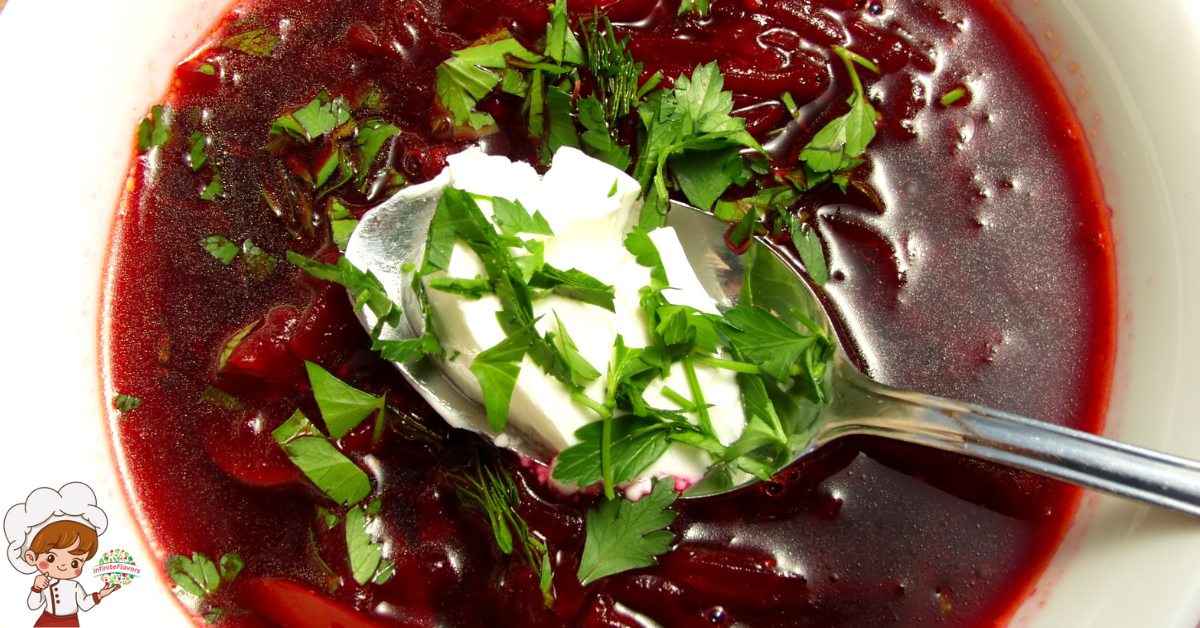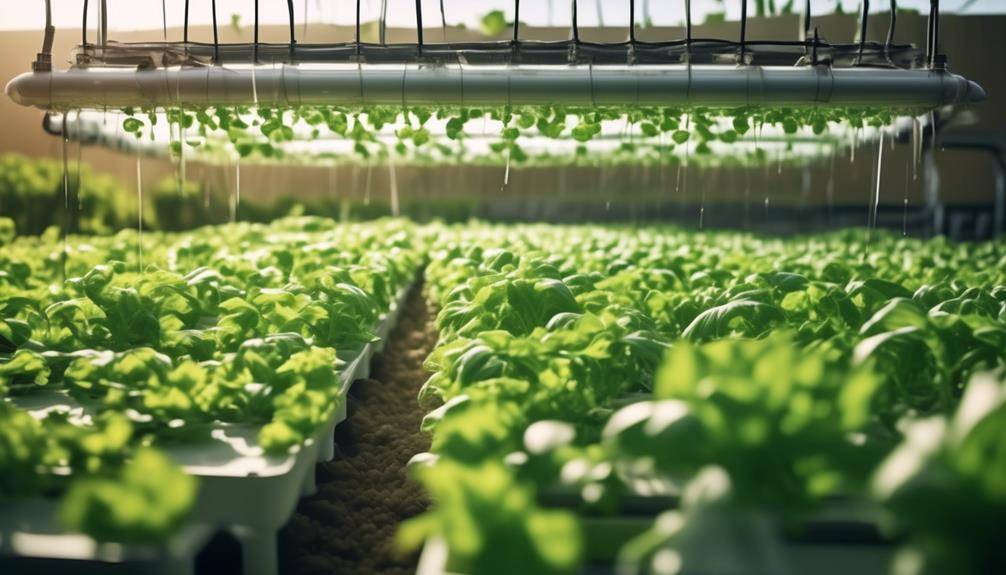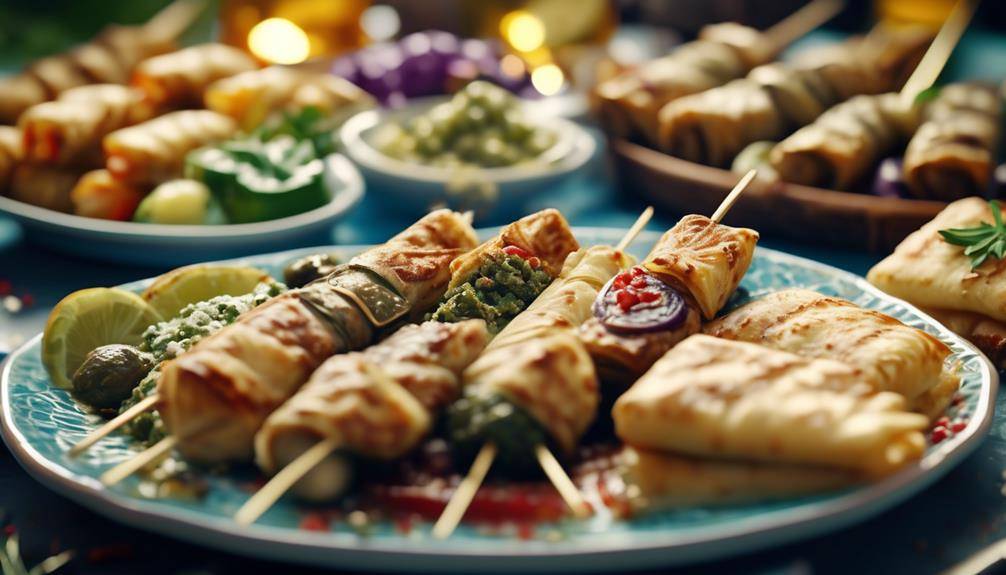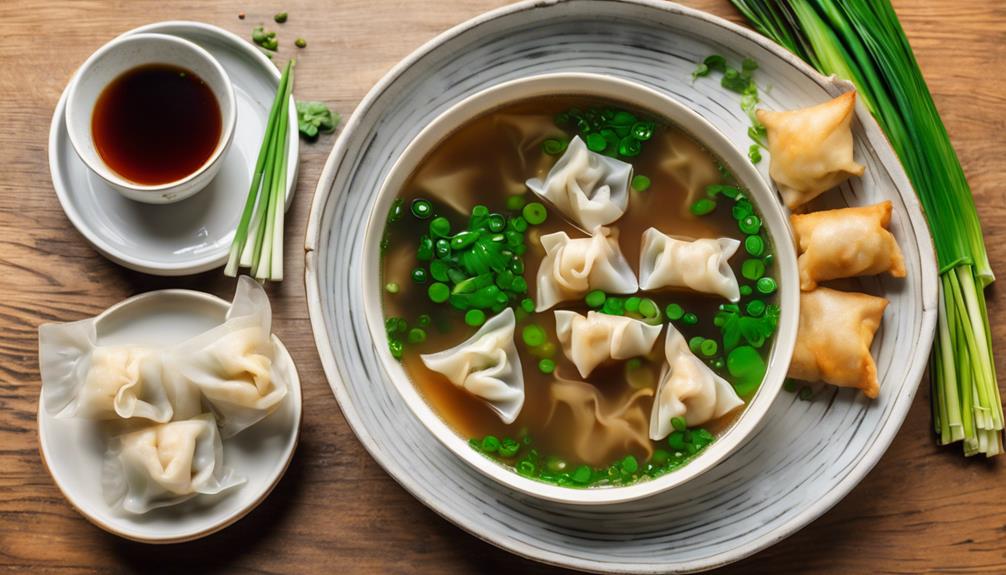The 7 Best Argentinian Food Traditions And Customs
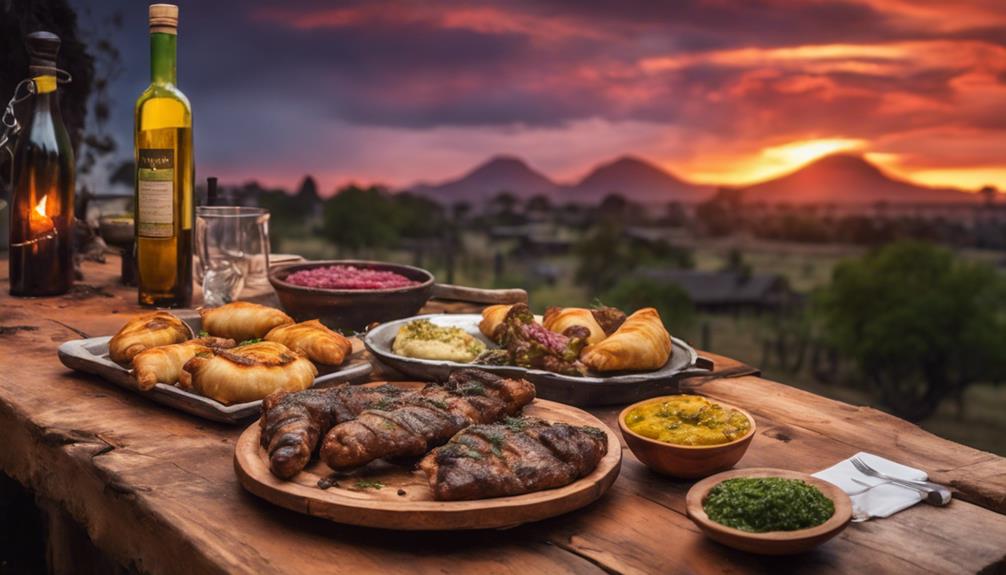
Best Argentinian Food Traditions And Customs; Argentina’s food traditions and customs are a feast for the senses and a cornerstone of its culture. You’ll savor communal asados, where friends gather around grilled meats, often paired with Malbec. Don’t miss the sharing mate ritual, symbolizing trust and connection. Treat yourself to dulce de leche delights or bite into various empanadas, each with unique regional fillings. Enjoy Italian-inspired dishes, like fresh pasta and pizza, reflecting the country’s heritage. Start your day with a traditional breakfast of medialunas and strong coffee, and celebrate at vibrant food festivals that showcase local flavors. Keep exploring to uncover even more treasures of Argentine cuisine!
The Asado Experience
The asado experience is more than just a meal; it’s a cultural event that brings friends and family together. When you participate in an asado, you’re diving into a rich tapestry of Argentine grilling traditions. For many, it’s a way of life, a time to gather around the grill and share stories, laughter, and delicious food.
You’ll notice that asado techniques vary from one region to another, but the heart remains the same: grilling various cuts of meat, often accompanied by chimichurri sauce. As you stand around the parrilla, or grill, you might be impressed by how the skilled asador manages the heat, ensuring each piece of meat is cooked to perfection. They often use wood or charcoal, enhancing the flavors that make Argentine beef famous worldwide.
While the meat is sizzling, you’ll find yourself engaging in lively conversations, learning about the different regional flavors, and perhaps even picking up a few grilling tips. Don’t be surprised if someone hands you a glass of Malbec to complement your meal; it’s all part of the experience.
As the sun sets, the atmosphere transforms. The aroma of grilled meat fills the air, making your mouth water. This isn’t just about eating; it’s about celebrating community and connection. So, when you’re invited to an asado, embrace the opportunity. It’s a chance to savor not only the food but also the camaraderie that defines this cherished tradition.
Sharing Mate Ritual
After enjoying an asado, you’ll likely find yourself invited to share in another Argentine tradition: the mate ritual. This isn’t just about sipping a drink; it’s a deeply rooted cultural practice that embodies mate symbolism and communal bonding. When you join someone for mate, you’re entering a world of connection and friendship.
As you pass the gourd, you’ll notice the significance of this sharing. The person who prepares the mate, known as the “cebador,” takes the first sip, ensuring the brew is just right. Then, they refill the gourd and pass it to you, maintaining the flow of conversation and camaraderie. It’s customary to drink it all before handing it back, signaling that you’re ready for the next round.
In Argentina, mate is more than just a beverage; it represents a bond between friends and family. Each sip fosters intimacy and trust, making it an essential part of social gatherings. You’ll feel the warmth of the community as stories are shared and laughter fills the air. It’s a ritual that transcends simple refreshment, allowing you to connect with those around you.
Dulce De Leche Delights
Argentina’s love for dulce de leche is undeniable, and you’ll quickly discover its omnipresence in desserts across the country. This rich, caramel-like spread has a fascinating dulce de leche history that dates back to the 19th century. Some say it originated in the town of Arequipa, Peru, while others argue it was first made in Argentina. Regardless of its beginnings, dulce de leche has become a staple in Argentine cuisine, reflecting the country’s passion for sweet indulgences.
You can’t visit Argentina without trying a variety of dulce de leche desserts. From the beloved alfajores—cookie sandwiches filled with this luscious treat and rolled in coconut or powdered sugar—to the classic tortas, each dessert showcases the versatility of dulce de leche. You’ll also find it drizzled over panqueques (crepes) or used as a filling for cakes and pastries, making every bite a delightful experience.
One of the most popular desserts is the chocotorta, a no-bake cake made with layers of chocolate cookies, dulce de leche, and cream cheese. It’s incredibly simple to make and entirely satisfying. You might even come across dulce de leche ice cream, a creamy delight that’s perfect for cooling off on a hot day.
As you explore Argentine cuisine, don’t miss the chance to savor these dulce de leche delights. With its sweet, velvety texture and rich flavor, it’s sure to leave a lasting impression on your taste buds.
Empanada Variations
When you think about empanadas, you’ll quickly realize there’s a world of variations across Argentina. Each region has its own unique styles, filled with ingredients that reflect local flavors and traditions. Whether you prefer savory or sweet, there’s an empanada out there just waiting for you to try!
Regional Empanada Styles
Across Argentina, regional empanada styles showcase the diverse culinary heritage of the country, each variation reflecting local ingredients and traditions. You’ll find that the empanada history is rich and varied, with each province contributing its unique twist. For instance, in Tucumán, empanadas are often baked and filled with spiced beef, while in Mendoza, you might encounter a dough that’s slightly thicker, perfect for holding a hearty mix of flavors.
When it comes to empanada etiquette, it’s important to know that how you eat them can differ by region. In some areas, locals prefer to enjoy their empanadas with a sprinkle of chili sauce, while in others, they’re savored plain. It’s common to share empanadas at gatherings, so don’t hesitate to sample different styles.
As you explore these variations, remember that the dough itself also varies, with some regions opting for a flaky texture, while others favor a softer bite. This diversity is a reflection of Argentina’s culinary creativity, making every bite of an empanada a journey through the country’s rich cultural landscape.
Unique Fillings and Ingredients
Throughout the year, empanadas offer a delightful array of unique fillings and ingredients that reflect local tastes and traditions. You’ll discover that traditional fillings like beef, chicken, and cheese are just the beginning. In Argentina, people love to experiment with uncommon ingredients, turning each empanada into a culinary adventure.
For instance, some regions incorporate sweet potatoes or pumpkin into their mixtures, adding a surprising twist. You might even find empanadas filled with seafood, such as shrimp or squid, showcasing the coastal flavors of the country. Don’t overlook the creative fillings that combine different meats or introduce fresh herbs and spices, elevating the classic recipes to new heights.
Vegetarian options are also popular, often featuring ingredients like spinach, ricotta, or mushrooms. They cater to diverse palates and make for a satisfying meal.
What’s more, dessert empanadas filled with dulce de leche or fruits like apples and pears are a sweet way to end your meal. So, whether you’re enjoying a savory or sweet empanada, you’ll appreciate the creativity and rich flavors that each bite brings.
Italian Influences in Cuisine
Italian influences in Argentinian cuisine are hard to miss, with around 25% of the population claiming Italian ancestry. This strong connection dates back to the waves of Italian immigration in the late 19th and early 20th centuries. As these immigrants settled in Argentina, they brought their culinary traditions, which have since blended beautifully with local ingredients and flavors.
One of the most beloved aspects of this fusion is the variety of pasta dishes you’ll find across the country. From classic spaghetti and meatballs to regional specialties like ñoquis (gnocchi), these dishes are often accompanied by vibrant regional sauces that reflect both Italian and Argentinian tastes. You might even encounter unique combinations, like a bolognese sauce made with local meats.
Pizza variations are another indicator of this Italian influence. While you may think of pizza as a quintessential Italian dish, in Argentina, it takes on a life of its own. You’ll find thick crusts topped with a range of ingredients, from traditional mozzarella to local favorites like provoleta (grilled provolone cheese).
Dining customs have also been enriched by Italian traditions. Sharing meals with family and friends is a cherished practice, often featuring communal platters of pasta or pizza, inviting everyone to partake. These culinary fusions showcase how Italian immigrants have greatly shaped Argentina’s food culture, creating a delicious tapestry of flavors and traditions that continue to thrive today.
Traditional Argentine Breakfast
While you might expect a hearty breakfast, traditional Argentine mornings are often marked by simplicity and a focus on quality over quantity. Instead of a large spread, you’ll find that many Argentinians prefer a light breakfast that reflects their rich coffee culture. A classic start to the day usually includes a cup of strong coffee or a creamy café con leche, which perfectly complements the pastries that grace the morning table.
Breakfast pastries, such as medialunas, are a staple in Argentine households. These sweet, crescent-shaped delights are similar to croissants but are often fluffier and dusted with sugar. You might enjoy them plain or filled with dulce de leche for an extra treat. Pairing these pastries with your coffee enhances the experience, creating a delightful contrast of flavors.
In addition to medialunas, you might encounter other delicious options like tostadas topped with butter and jam or even a slice of cake for those special mornings. While breakfast is typically light, the emphasis on quality ingredients and artisanal preparation makes each bite satisfying.
As you immerse yourself in the traditional Argentine breakfast, you’ll appreciate how it sets the tone for the day. It’s not just about what you eat; it’s about savoring the moment and enjoying the simple pleasures of life. So, next time you wake up in Argentina, take a moment to relish your breakfast, knowing it reflects a cherished cultural heritage.
Celebrating Food Festivals
In Argentina, food festivals are a vibrant celebration of culinary heritage that brings communities together. These lively events showcase the rich tapestry of the nation’s gastronomy, highlighting the cultural significance of traditional dishes. You’ll find that each festival offers a unique experience, often centered around seasonal ingredients that reflect the region’s agricultural bounty.
Take the Fiesta Nacional del Asado, for instance, where locals and visitors alike gather to enjoy mouthwatering asados, or barbecues, featuring prime cuts of meat. As you savor the smoky flavors, you’ll appreciate how this event not only honors the art of grilling but also fosters community spirit.
Another remarkable festival is the Fiesta de la Vendimia, celebrating the grape harvest in Mendoza. Here, you can indulge in exquisite wines paired with delicious local dishes, all while learning about the cultural significance of wine production in Argentina. The focus on seasonal ingredients means you’re tasting flavors at their peak, making each bite memorable.
As you explore these festivals, you’ll notice that they encompass more than just food. They’re about shared stories, music, and dance, reflecting the heart of Argentine culture. Engaging in these celebrations allows you to connect with locals, learn about their traditions, and appreciate the culinary diversity that defines Argentina. So, if you ever get the chance, immerse yourself in these food festivals and experience the authentic flavors and vibrant community spirit for yourself.
Frequently Asked Questions: Best Argentinian Food Traditions And Customs
What Are the Most Popular Drinks Paired With Argentine Meals?
When you’re enjoying Argentine meals, pair them with Malbec wine for red dishes, sip Yerba mate for a traditional experience, try Fernet cocktails for a kick, and savor Dulce de leche for a sweet finish.
How Do Regional Climates Influence Argentine Food Customs?
Regional climates shape Argentine food customs by dictating climate zones and seasonal ingredients. You’ll notice how coastal areas favor seafood, while the dry regions emphasize meats, each reflecting the unique environment and available produce.
What Role Does Agriculture Play in Argentine Cuisine?
Agriculture shapes Argentine cuisine considerably. You’ll notice how farmers use innovative agricultural techniques to cultivate seasonal ingredients, ensuring fresh produce enhances flavors. This connection to the land creates authentic dishes that reflect the country’s rich culinary heritage.
Are There Any Health Concerns Associated With Traditional Argentinian Foods?
You should be aware of potential health concerns with traditional Argentinian foods, like food safety issues. However, many dishes offer health benefits, so balance is key. Always guarantee proper preparation to enjoy them safely.
How Has Immigration Shaped Modern Argentine Food Culture?
Immigration waves have profoundly shaped modern Argentine food culture. You’ll notice culinary fusion everywhere, blending flavors and techniques from various backgrounds. This rich tapestry creates unique dishes that reflect Argentina’s diverse heritage and vibrant culinary scene.
Conclusion
In Argentina, food isn’t just about sustenance; it’s a vibrant part of the culture that brings people together. From the communal asado to the intimate sharing of mate, each tradition reflects the warmth and passion of Argentine life. Indulging in dulce de leche or savoring empanadas showcases the country’s rich culinary heritage. So, whether you’re celebrating a food festival or enjoying a traditional breakfast, embracing these customs will deepen your appreciation for Argentina’s unique gastronomy.




